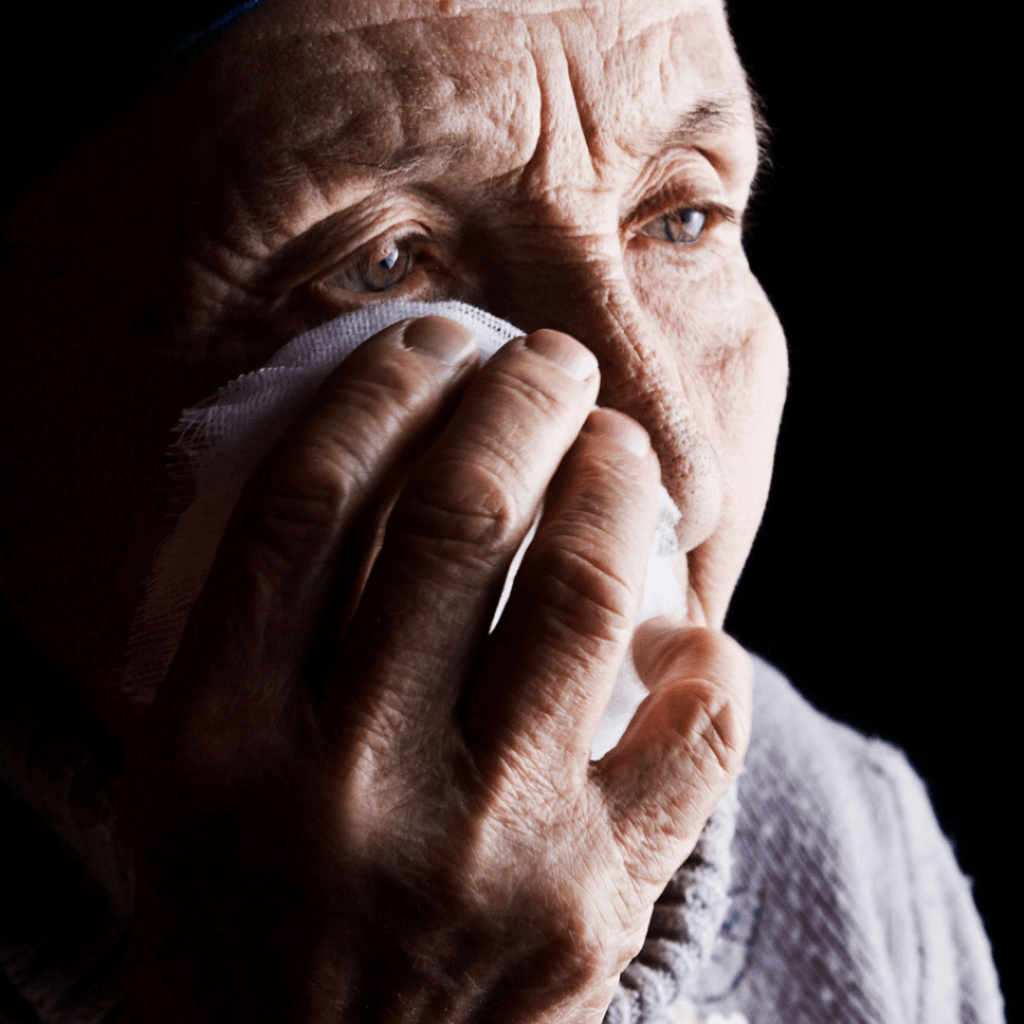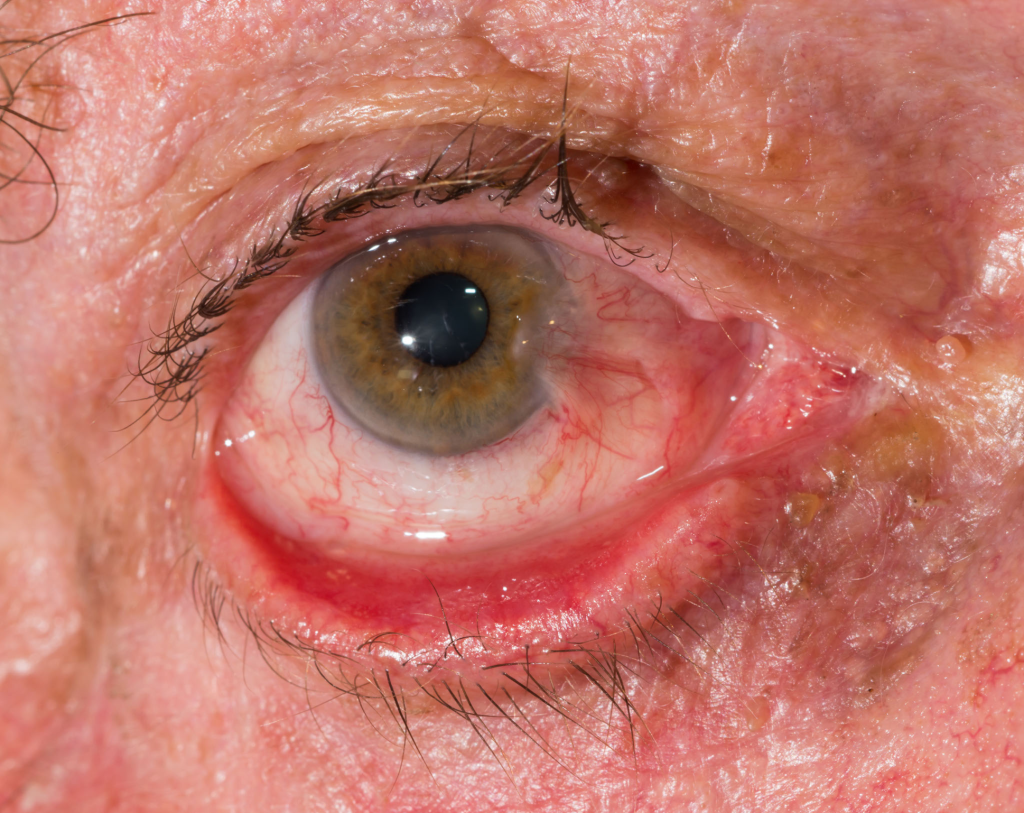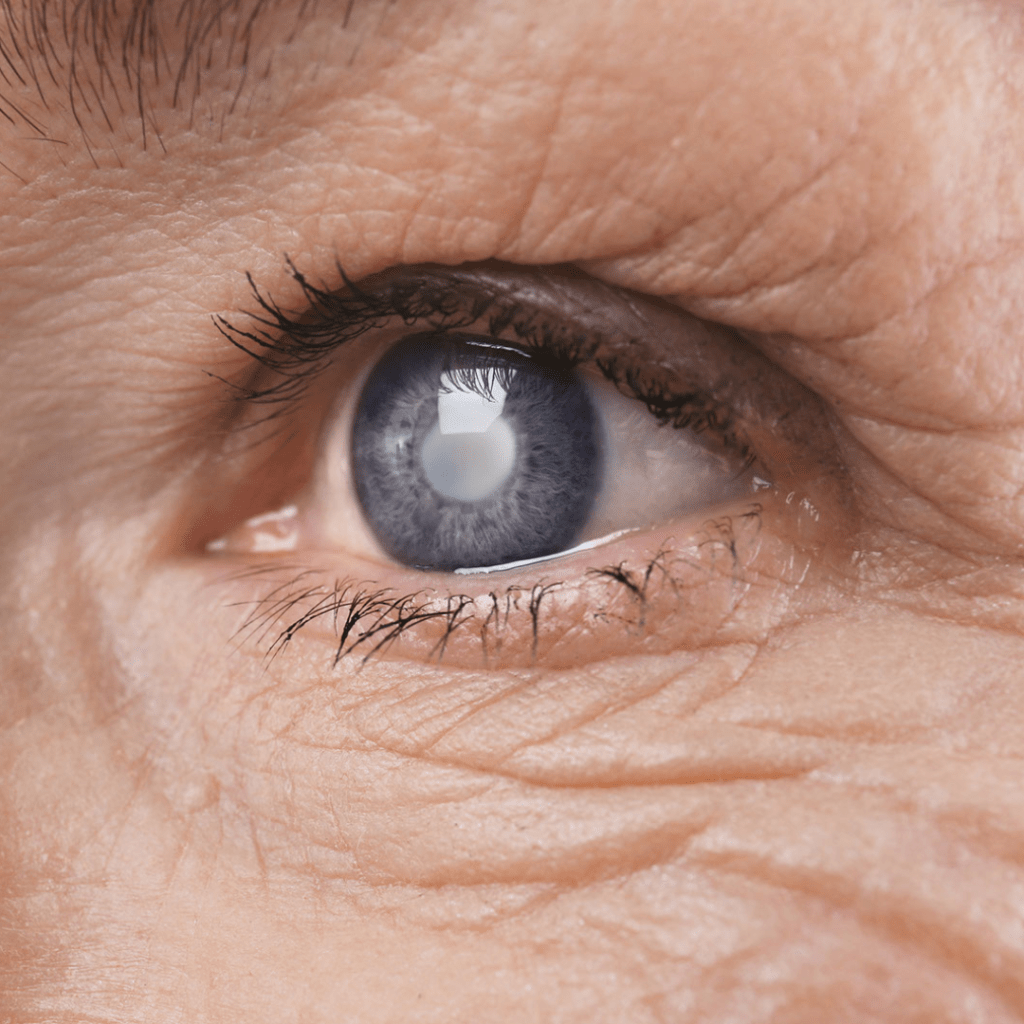Our eyesight naturally starts to deteriorate as we get older. Seniors can take several measures to help safeguard their vision and deal with the typical changes associated with aging.
Glaucoma, cataracts, dry eyes, and macular degeneration are among the common eye issues that older people experience. An annual dilated eye exam by an ophthalmologist or optometrist is the best way to check for these issues and administer any necessary treatments.
In addition, eating a healthy diet rich in fruits and vegetables, exercising regularly, staying away from tobacco, wearing protective eyewear, and taking eye vitamins can help maintain healthy eyes.
Here are some conditions related to aging of the eyes.
1. Presbyopia:

With age, the eye’s ability to precisely focus on close objects gradually declines due to a decrease in ciliary muscle tone or a loss of lens elasticity, causing presbyopia.
The condition of presbyopia gradually develops over the course of a lifetime, so it may not become apparent until one is 35 or 40.
A common symptom of presbyopia is holding the book farther apart when reading small print. Eye strain and headaches may both be related symptoms. Individuals will experience problems in varying degrees of severity.
There are several methods of treating Presbyopia, including optical techniques like wearing prescription glasses with extra lenses for close work and surgical methods like Presbylasik, Presbyond, etc.
2. Tearing/watery eyes/epiphora:

A common issue associated with aging is watery eyes. The cause may include outward turning of the lower eyelid due to age-related loose skin and weakened muscles, or another common reason is a blocked tear duct. Other causes include dry eyes, an eye infection, or bell’s palsy.
3. Eyelid problems:
Eyelid issues can result from a wide range of illnesses or conditions. The eyelids cover the eye, distribute tears, and control how much light gets in.

Common eyelid problems include, ptosis or drooping of the upper eyelid, abnormal contraction of eyelid causing eyelid twitch or spasm, or inflamed eyelids.
Surgical or medical treatments are available for most eyelid problems.
4. Cataracts
Light is focused on the retina by a lens inside the eye, allowing us to see. The lens becomes cloudy and blurry with normal ageing. The condition is known as a cataract.

Cataracts can affect one or both eyes and typically progress slowly. They can happen earlier, even in childhood, and are most prevalent in people 50 years of age and older.
The only available treatment is cataract surgery, which involves removing the clouded lens and replacing it with an artificial one.
The postoperative recovery phase typically lasts a few weeks to a month. After a successful cataract procedure, excellent post-operative care is crucial for a successful outcome. During this time, patients must take joint responsibility with their physician and obey the instructions given by the medical staff regarding how to care for their eyes after surgery.
5. Dry Eyes
Dryness of eyes is a multifactorial condition that interferes with tear production or tear function in general. Because tears are crucial for lubricating, shielding, and cleansing our eyes, their dysfunction can leave them vulnerable to infections.
There are mainly two types of dry eye disease,
- Evaporative due to poor quality of tear film
- Secretary due to poor secretion of tears.
Smoking, excessive caffeine consumption, hormonal changes, prolonged computer use, dehydration, excessive sugar consumption, and allergies can aggravate dry eye symptoms..
Sometimes, it might even be a sign of something more serious, like diabetes or an autoimmune disorder.
In short-term cases, artificial tears may be advised. A thorough examination and tests may, however, be necessary in some cases in order to identify and treat the underlying condition.
6. Posterior Vitreous Detachment (PVD) and Floaters
The vitreous is firmly attached to the optic nerve head situated at the back of the eye. As we age, the vitreous starts to degenerate and shrink away from the back of the retina, it slowly plugs off this thick vitreous adhesion as well.
This comes off as a ring with white vitreous gel around it. The condition is called posterior vitreous detachment.
The white ring casts shadow on the retina and is seen as a large floater.
They are disturbing at times but such spots and floaters don’t harm your vision. They are just a part of the eye’s natural ageing process.
While floaters is frequently normal, it can occasionally be a sign of eye issues like retinal detachment, especially if it is accompanied by light flashes.
Consult your eye doctor as soon as possible if you notice a sudden change in the type or frequency of spots or flashes.
7. Glaucoma
A glaucoma is a group of diseases causing progressive damage to the sight which finally leads to irreversible blindness. Glaucoma is the leading cause of blindness in patients more than 60 years of age.
In many cases it is painless and affects the peripheral vision first, therefore people having glaucoma may not even realize that they have it until it’s too late.
There is no cure for glaucoma, but treatment can help reduce the pressure and halt its progression. By reaching for the right treatment early, vision loss from glaucoma can nearly always be prevented.
8. Diabetic Retinopathy
As our age increases, the risk of developing diabetes increases. When diabetes affects the retina (the inner sensitive layer of the eye where light is perceived), it is known as diabetic retinopathy.
DR is a progressive condition and can lead to irreversible vision loss and even blindness.
Retinal arteries, which are blood vessels bringing blood to the retina, are damaged by the high glucose levels associated with diabetes. As a result, the arteries begin to leak, which causes hemorrhages and swelling (hard exudates, edema) inside the layers of the retina.
The recommended guideline for the screening of DR in type 1 diabetic patients is an eye examination within 5 years of diagnosis and in type 2 diabetic patients, it is prompt screening right after diagnosis and then every year.
And if diabetic retinopathy is found, these exams should be performed more frequently in accordance with the doctor’s recommendations and the severity of the disease. Follow your doctor’s recommendations for managing your blood pressure, blood sugar, diet, exercise, and medication.
9. AMD (Age-Related Macular Degeneration)

In AMD, the macula, the part of the retina where straight-forward images are formed, is damaged, resulting in central vision loss, while peripheral or side vision remains intact.
Some of the common signs and symptoms associated with AMD are:
1. The central vision maybe
- Blurred
- Distorted or wavy
- Having a grey or black spot in the middle of an image
2. Needs assistance with everyday activities like walking
3. Needs bright light to read or write.
AMD is a crippling eye condition for which there is currently no cure. It impairs central vision and lowers one’s quality of life. Dry AMD doesn’t require surgical treatment but wet AMD can be financially disabling as the therapy requires monthly injections into the eyes for an indefinite period to control the disease. To prevent serious consequences, it is essential to detect the disease early. The Amsler grid is a straightforward home test that can be very helpful in the management of AMD.
10. Retinal detachment
Retinal detachment occurs when the inner and outer layers of the retina become separated. Without a retina, the eye cannot communicate with the brain, making vision impossible.
Retinal detachment signs and symptoms include:
- Sudden, painless vision loss
- Curtain-like or veil-like shadow in the VF
- Sudden flashes
- An abrupt rise in the number of floaters
With surgery or laser treatment, doctors often can reattach the retina and bring back all or part of your eyesight.
11. Temporal arteritis
The arteries in the forehead’s temple region, as well as those in other parts of the body, become inflamed and may become obstructed as a result of temporal arteritis. There is a higher prevalence of it among older women.
A severe headache, difficulty chewing, and tenderness around the temples may be the first symptoms. One might experience head tenderness, shoulder or hip weakness, and a persistent fever.
Sudden vision loss, which is typically permanent, may occur after it. Visit your healthcare provider right away if you experience any of these symptoms.
QUICK SUMMARY
Staying independent and active as we age requires maintaining healthy vision. A balanced diet, protective eyewear, and routine eye exams with an eye doctor are all proactive and preventative measures that can help maintain good vision. Furthermore, it’s crucial to keep an eye out for symptoms of vision changes like blurred vision, double vision, distorted images, blind spots, flashes, an abrupt increase in floaters, and difficulty seeing at night.
